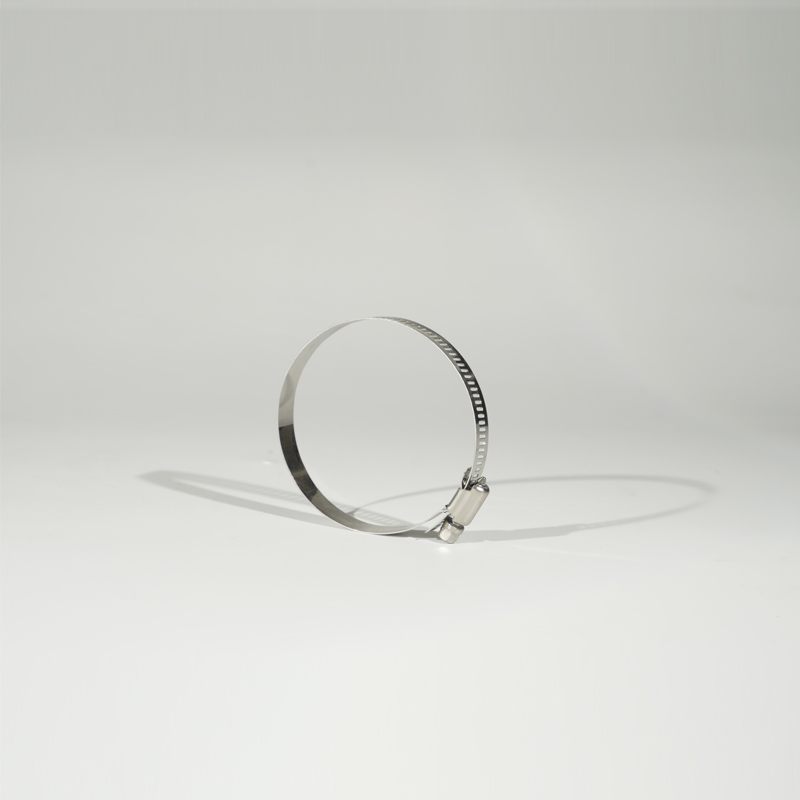- Phone:+86-17331948172 +86-0319-8862898
- E-mail: inquiry@puxingclamp.com
ოქტ . 21, 2024 08:38 Back to list
Secure Your Washer Drain Hose with a Reliable Clamp for Efficient Drainage Solutions
Understanding the Importance of Washer Drain Hose Clamps
When it comes to household appliances, the washing machine is an essential tool for maintaining hygiene and convenience in modern living. However, the efficiency of a washing machine can be significantly affected by various components, one of which is the drain hose and its corresponding clamp. While often overlooked, the washer drain hose clamp plays a vital role in ensuring the proper functioning of your washing machine and preventing potential mishaps.
What is a Washer Drain Hose Clamp?
The washer drain hose clamp is a small but significant device used to secure the drain hose to the outlet on the washing machine. This clamp holds the hose tightly in place, preventing it from coming loose during operation. Typically made from metal or sturdy plastic, the clamp is designed to withstand the vibrations and movements of the washing machine while also enduring exposure to water and detergent.
The Function of the Drain Hose Clamp
The primary purpose of the washer drain hose clamp is to maintain a secure connection between the drain hose and the washing machine. A strong connection is critical because the drain hose is responsible for expelling wastewater from the machine after each wash cycle. If the hose comes loose, it can lead to leaks, causing water to spill onto the floor, creating a mess, and potentially leading to extensive damage to both the washing machine and the surrounding area.
Additionally, leaks can increase the risk of mold and mildew, posing health threats to occupants of the home. Inadequate drainage can also mean that the washing machine struggles to function optimally, leading to inefficient washing cycles and, ultimately, higher energy bills.
Signs of a Problematic Drain Hose Clamp
Identifying an issue with the washer drain hose clamp early can prevent larger, more expensive problems down the line. Here are some signs that may indicate a malfunctioning clamp
1. Water Leaks If you notice water pooling around the base of your washing machine, the drain hose could be leaking due to a loose clamp. 2. Unusual Noises Excessive vibrations or rattling sounds during the wash cycle may suggest that the drain hose is not securely fastened. 3. Slower Drainage If the washing machine is taking longer to drain than usual, there may be a blockage due to the hose not being properly secured.
washer drain hose clamp

4. Visual Inspection Regularly inspect the clamp and hose for any signs of wear, corrosion, or damage. If any component looks compromised, it’s likely time for replacement.
How to Replace a Washer Drain Hose Clamp
Replacing a worn or faulty washer drain hose clamp is a straightforward task that can be done without professional assistance. Here are the steps to follow
1. Unplug the Washing Machine For safety, ensure that the machine is unplugged from the electrical outlet.
2. Locate the Drain Hose Clamp Find the drain hose at the back of the washing machine. The clamp should be easily visible where the hose connects to the outlet.
3. Remove the Old Clamp Use a screwdriver to loosen or remove any screws holding the old clamp in place, or simply squeeze if it's a spring clamp.
4. Attach the New Clamp Position the new clamp over the hose and outlet, ensuring a snug fit. Tighten it securely to prevent any leaks during operation.
5. Test the Connection Once replaced, plug the washing machine back in, run a short cycle, and observe for any leaks coming from the drain hose.
Conclusion
The washer drain hose clamp may be a small component of your washing machine, but its importance cannot be overstated. A secure clamp ensures proper drainage, prevents water damage, and promotes the longevity of your appliance. Regular maintenance checks can help identify any issues early, allowing for a simple replacement that saves you from costly repairs in the long run. Understanding and caring for this component is a critical step in keeping your washing machine functioning efficiently.
-
Large Stainless Steel Adjustable American Type Hose Clamp - Hebei Pux Alloy | Corrosion Resistance, Adjustable Design
NewsAug.03,2025
-
Large Stainless Steel Adjustable American Type Hose Clamp - Hebei Pux Alloy Technology Co., Ltd | Corrosion Resistance, Adjustable Design
NewsAug.03,2025
-
Premium Stainless Steel Strip Coil | Durable & Rust-Resistant
NewsAug.03,2025
-
Large Stainless Steel Adjustable American Type Hose Clamp - Hebei Pux Alloy Technology Co., Ltd
NewsAug.03,2025
-
Large Stainless Steel Adjustable American Type Hose Clamp - Hebei Pux Alloy Technology Co., Ltd
NewsAug.02,2025
-
Large Stainless Steel Adjustable American Type Hose Clamp - Hebei Pux Alloy Technology Co., Ltd
NewsAug.02,2025




